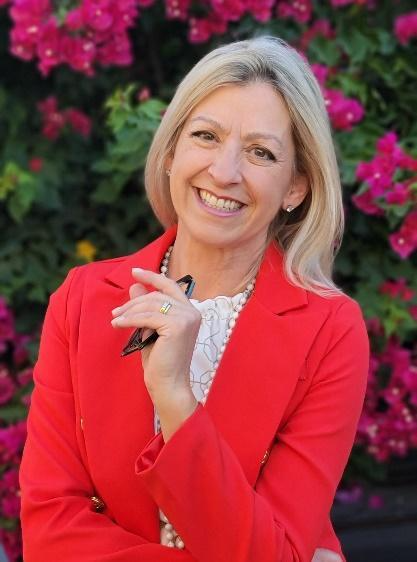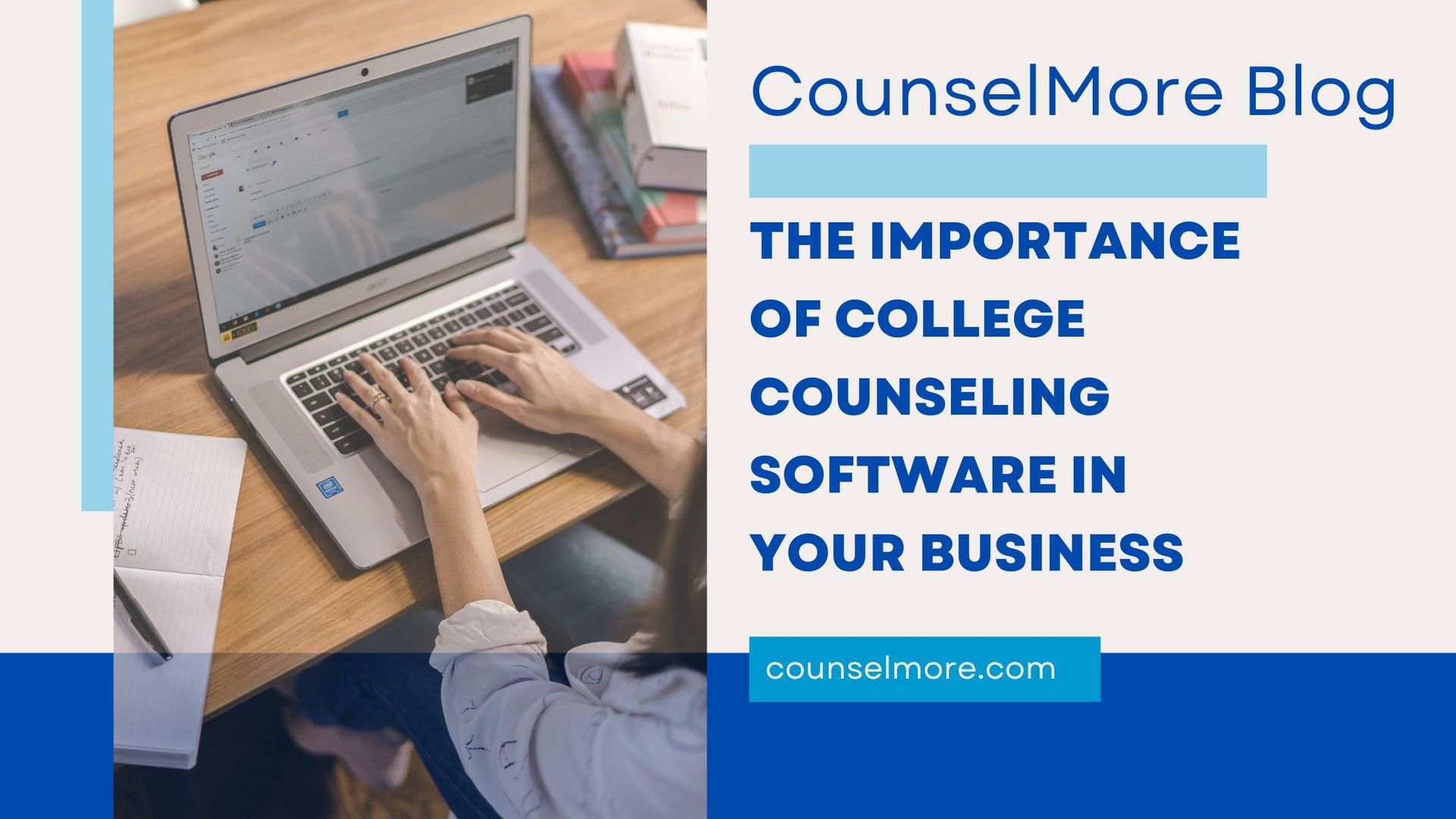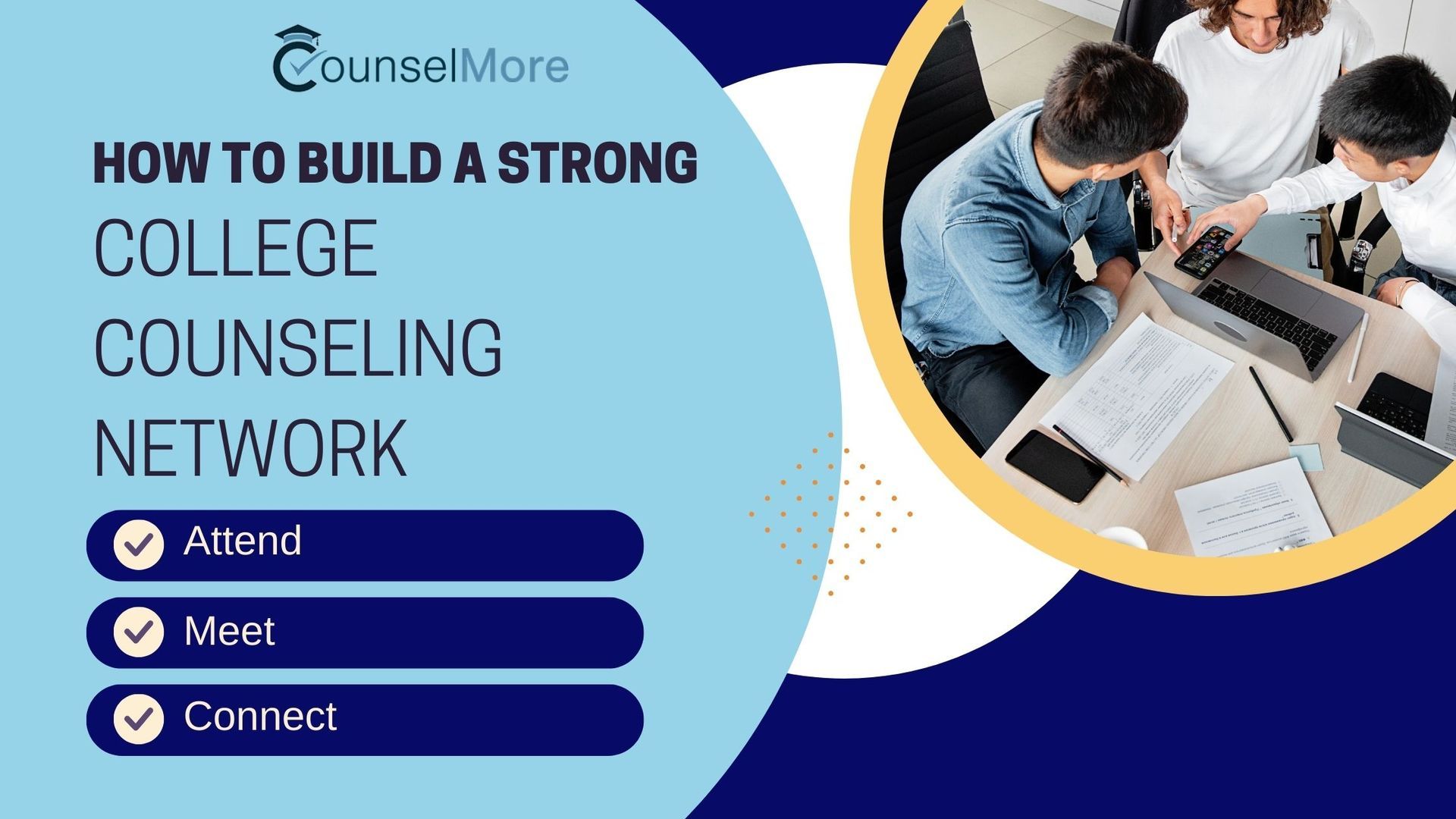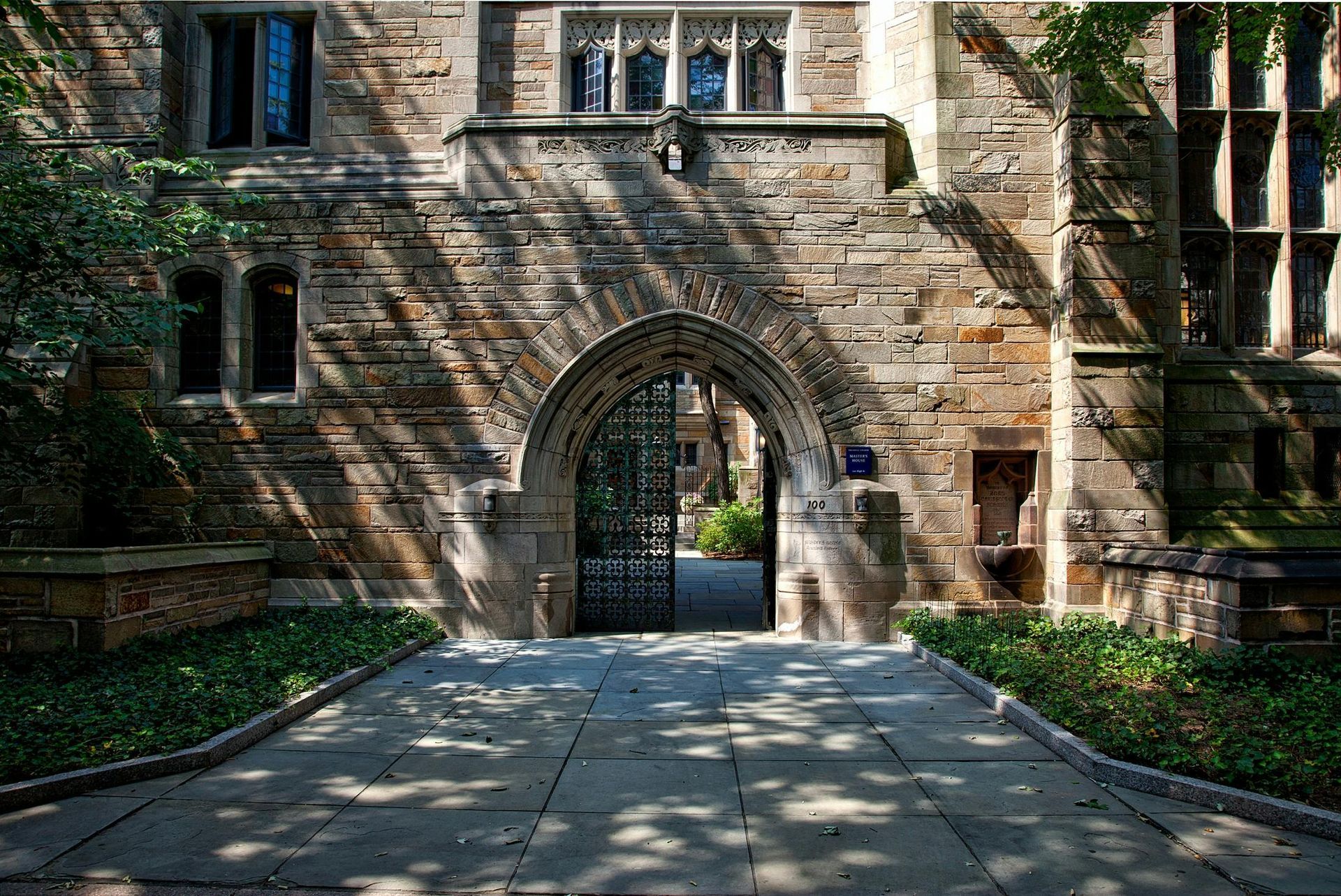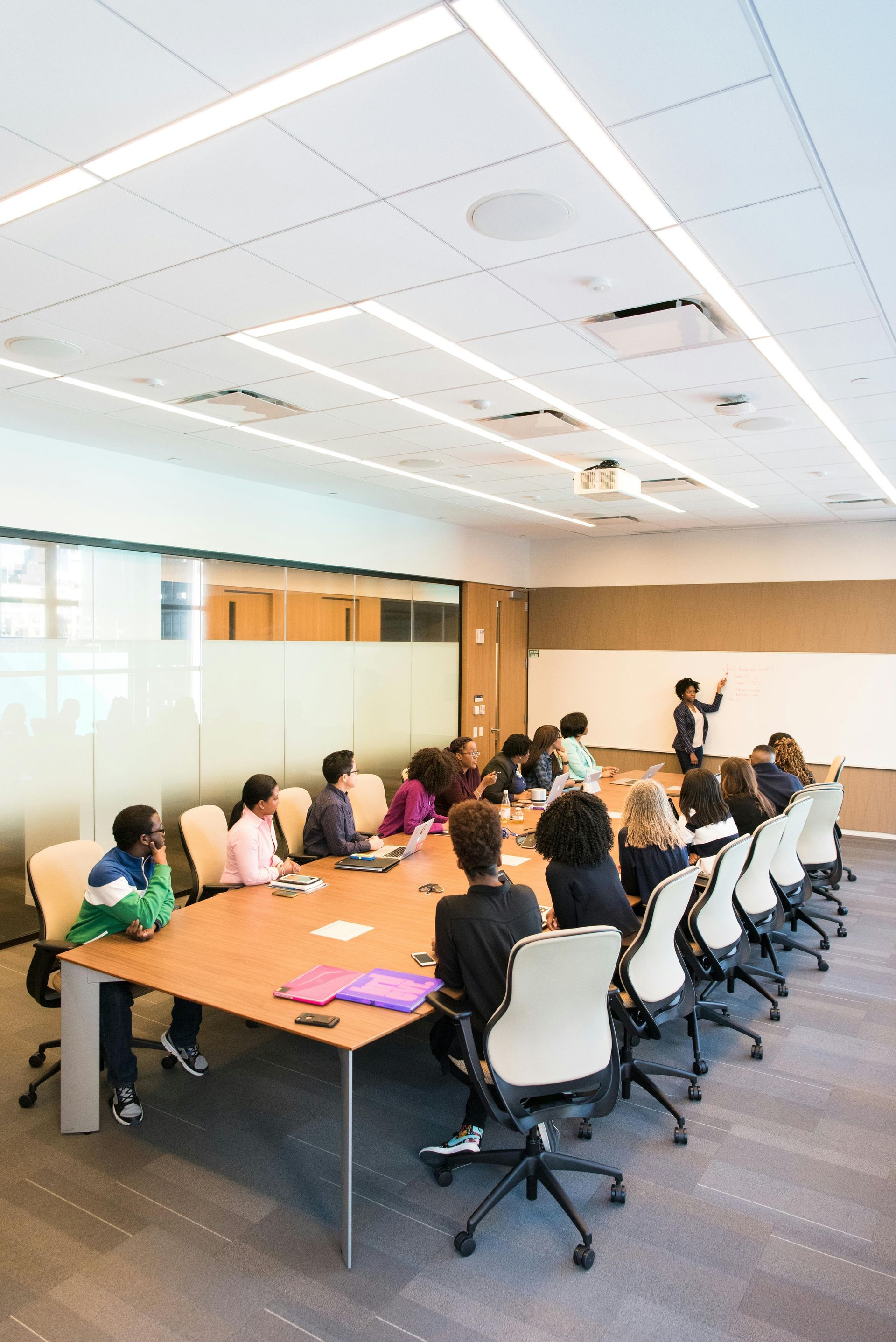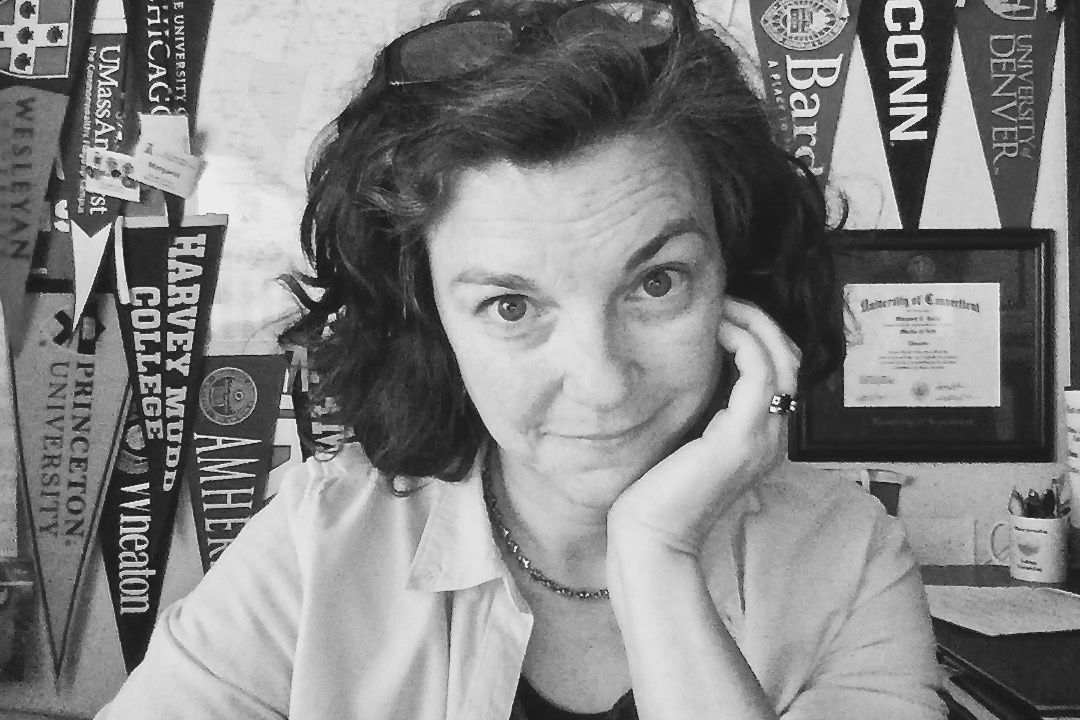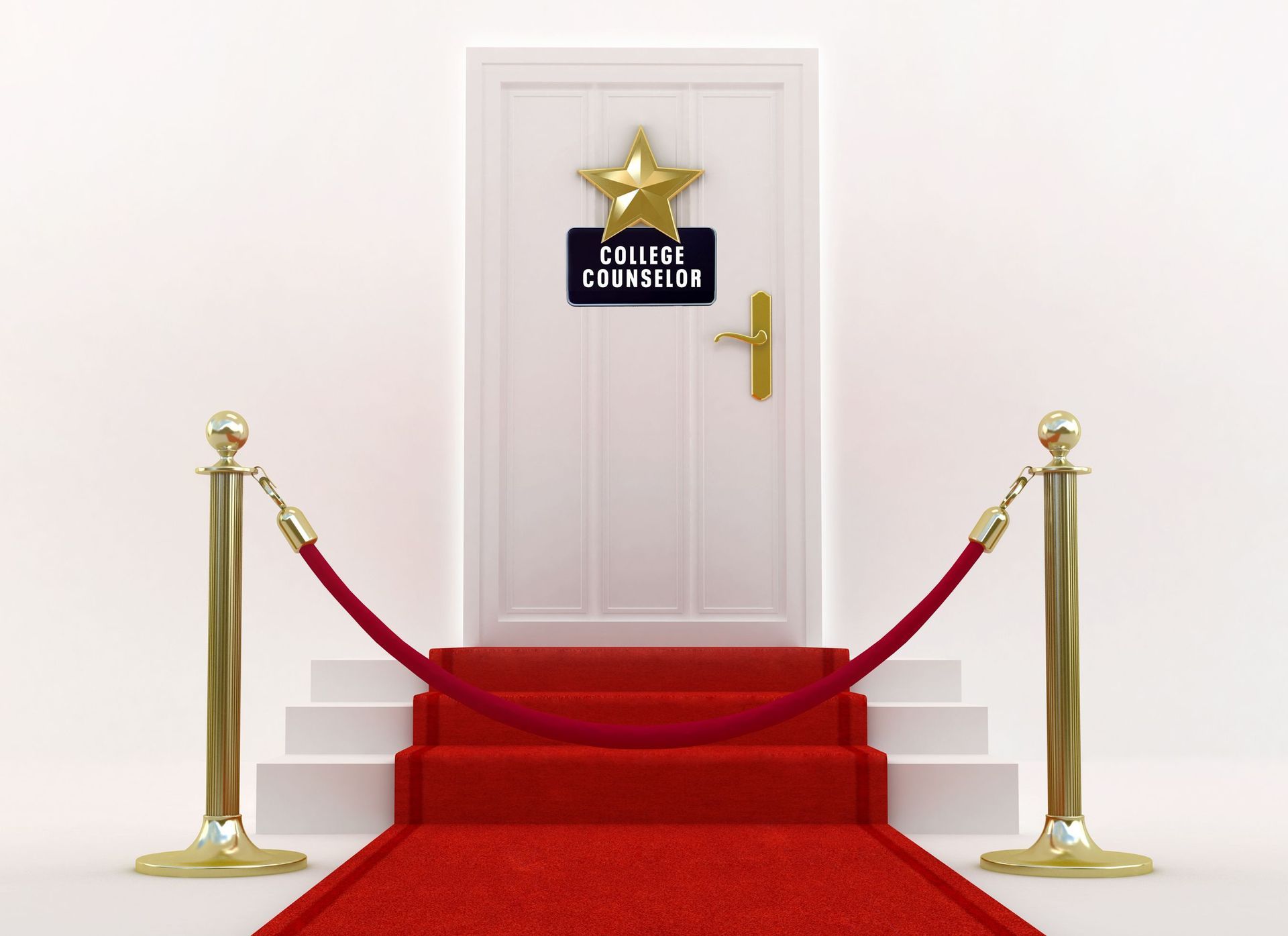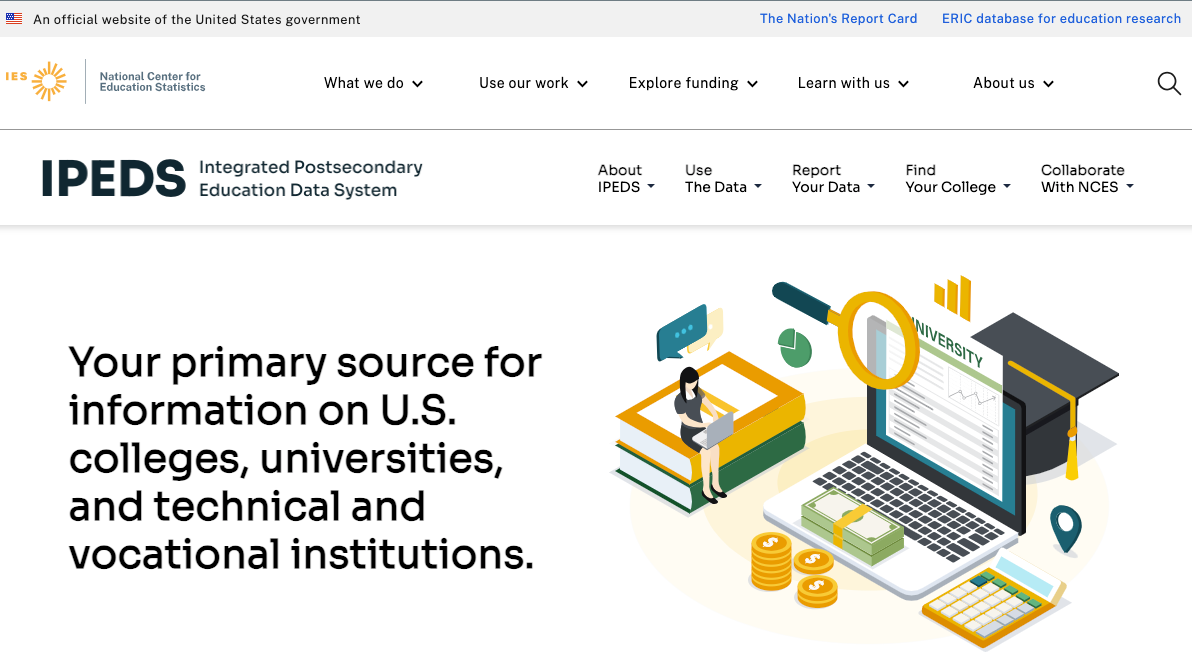Premise
Last month (Thursday April 20th), I presented on The Artist Statement for
CounselMore’s Mentorship Roundtable discussion.
Join us in this engaging post on The Artist Statement, where we dive into practical insights and valuable advice. We're all about building a supportive community that fosters shared learning and professional empowerment. Here, we'll explore art students' unique needs, vulnerabilities, and insatiable curiosity. Whether you're a seasoned pro or new to working with art students, this post is packed with actionable guidance to support and guide them effectively. And parents, we haven't forgotten you! Discover empowering insights to nurture your budding artists at home. Let's unlock strategies that boost college admissions and ignite students' confidence in their talent and chosen path. Get ready to impact the artistic journeys of those you mentor positively!
Introduction: Understanding the Artist Statement
Just when you thought you had a handle on how to coach your students through the process of writing a strong Personal Statement, you are contacted by a family whose child wants to attend an art school. And you quickly realize the Common App essay is not sufficient!
Prospective art students are often asked to submit an “Artist Statement” and often as an accompaniment to their Portfolios.
This presentation aims to help counselors know the criteria for a strong Artist Statement and how that differs from the more general Common App essay or Personal Statement.
I will walk you through examples from successful Artist Statements and give you my Pro Tips for how to take your cues from your student’s Portfolio and encourage them to articulate their creative process.
And know that you can always reach out to me for additional support!
Working Definitions
I began with a working definition and a comparative take on how the Artist Statement is different from the Common App Essay. Most of us have some familiarity with how to coach the Common App Essay, so I would start with the core elements that define each and then pick out the nuance.
I like to qualify the Artist Statement to my students as such:
The Artist Statement is not an essay or a biography of the artist.
- a window into understanding your work – creation!
- a description of your sources – inspiration!
- a chance to walk the audience through your process – materials/media!
- a reflection on what is important to you – themes!
At its core, the Common App Essay is a story about an experience and what you learned.
The Artist Statement, on the other hand, discusses what you did – your process, materials, inspirations – and where you hope to go.
Comparative Take between the Common App Essay and the Artist Statement
I constructed a bullet series with striking differences to help my students orient themselves.
- Strictly speaking, the Common App Essay begins with several prompts – the Artist Statement has none.
- The Common App Essay is an opportunity to present your characteristics (who you are) – the Artist Statement is after the themes (about your body of work).
- The Common App Essay is devoted to a personal experience - the Artist Statement tackles your Creative Process.
- The Common App Essay is a narrative - the Artist Statement is a visualization of the pieces you created (NB: a number of art schools don’t necessarily require a portfolio for admissions, so they need the written work to help them picture your work … literally).
In the end, though, both communicate how you think and what you value!
Successful Examples (snippets of style, tone, keywords)
The presentation then turned toward the practical. I revealed strong examples of some of my own student’s words so that colleagues could get a sense of tone, style, and level of articulation.
The first series are a great set of ways to talk about process:
- “I like to start my sculptural projects with a 2D sketch to take what I have in my imagination to paper.”
- “I loved making my own dress, learning how to balance rhythm as well as silhouette and shaping.”
- “Unlike my highly emotive illustrations, my photography is pure experimentation. My work emphasizes the synchrony of light, shadow, and color to create landscapes that confuse the tangible and intangible.”
This second series points to a link with overall themes:
- “My art is engaged. My projects must have utility and social impact. After visiting the Terrence Conran Design Museum, I conceived of an inflatable house project for homeless people.”
- “Erasing the body with [natural and man-made] objects, I wished to provoke a new conversation about the ‘objectification’ of the female body.”
- “Foreground and background meld, collapsing all middle ground, further blurring the distinction between reality and fantasy.”
My Pro Tips!
Before concluding, I wanted to ensure everyone had a few Pro Tips they could keep handy as they worked with students.
I always remind my students to:
- Resist the urge to quote!
- What you have to say is far more interesting!
- Write in the 1st Person!
- This is about you!
- Don’t overthink but do research carefully!
- Read, Visit, Explore!
- Steer away from common art experiences!
- Your own approach to art and your process will be unique!
Process for Guiding Students
Having just completed my professional development with a Wow Writing Workshop expert, I thought about the process I use with my students.
I created a
5-point set of guideposts that will help a student move from “the what” (their art pieces) to “the why” (reflection on sources and themes).
I find “the what” – a tangible object or canvas – to be a helpful place to start.
I then
dedicate time to creating a safe space where young artists can feel supported as they begin to reflect on a deeper level.
You can use this process to help students as they begin to write their statements, but also to prepare for a formal exam or set of exhibit description plates. Note that the criteria for getting that 5 on the AP Art exam or a 7 in the IBDP Art HL course depends greatly on how students can express their thoughts, linking their art to their values.
First and foremost,
start with the portfolio to guide your students from “the what” to “the why.”
- Portfolio Review – this is a great way to group like pieces together and separate out singular works. Students are proud of their work – this is not your place to judge or question their “talent.” Rather, just listen!
- Planning to Write – talk about your art, explain your mindset when you create
- Visualization – color/line, media/texture, composition/space, size/shape
- Influences – other artists (famous or not), exhibitions, museums/galleries
- Theme – research, attempt to make intellectual connections from the raw emotional connections
What to do if your student is “stuck” or feeling “un-productive”?
As I mentioned, this process can work for writing the statement or prepping for a standardized AP or IB exam, but I find it’s also a great way to help students get unstuck.
Additional options might include encouraging students to keep a journal or create mood boards. Here, the emphasis is not on full sentences but a gathering spot for thoughts, color samples, fabric swatches, magazine clippings …, or anything “speaking” to the artist.
It’s also a way to
help students work through their unproductive states. Reassure them that it’s OK not to know. In fact, I would encourage your students to write about that!
- Struggles or what they see as “obstacles.”
- Undecided how to proceed – should they take the risk?
- Exploration / Experimenting - different paths, colors, lighting, materials …
- Unfinished work and current projects are great places to dig deeper, too!
Remember, you are creating a safe space for these students to express their process, their raw emotions that slowly (but surely) will morph into a polished written version of their creative act.
Conclusion & Live Questions
Finally, there were many great questions, and I thought I’d address a few here. Some asked about the value of National Portfolio Day. This is an amazing opportunity for art students, but it can also become extremely overwhelming, particularly for students who haven’t even begun to unpack their portfolio or artistic themes.
I actually prefer the Open Days and individual portfolio review sessions that many art schools will offer to prospective students. However, it is always better to work with your students prior for two reasons: first, students who can present their work (even unfinished work) will impress the admissions team and foster a deeper conversation almost immediately about the school’s program/modules; second, students are receptive to the feedback and can apply it more effectively.
Need More Help?
Please know that you can always reach out to me with an informal question or request a partnership – I offer a stand-alone scaffolding to your IEC practice to work with your student, whether for the entire duration of a portfolio to the completed polished Artist Statement or a la carte services, ie: just the artist statement.
Please feel free to
contact me
here or contact me on LinkedIn to go over logistics and see how best we can work together to support our young artists!

